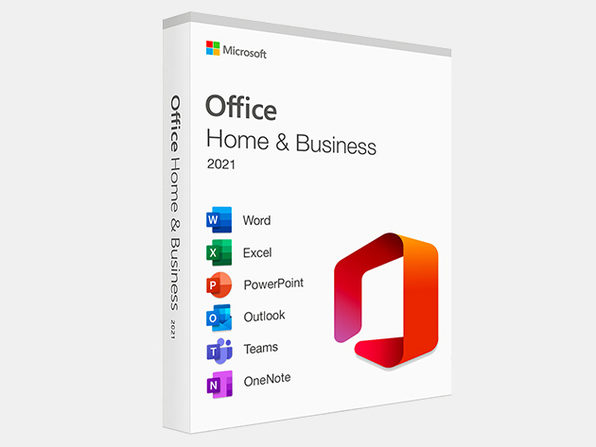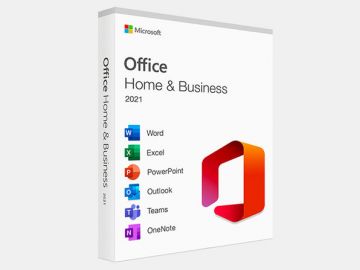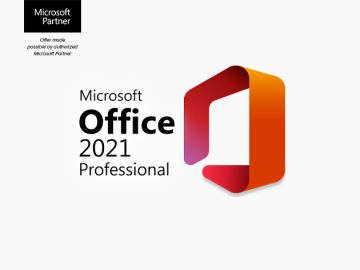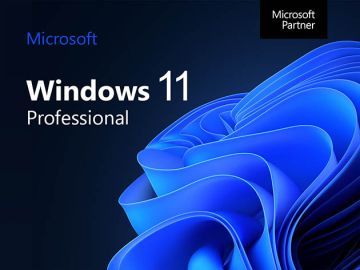New Research Shows T-Mobile Is America’s Best Mobile Network
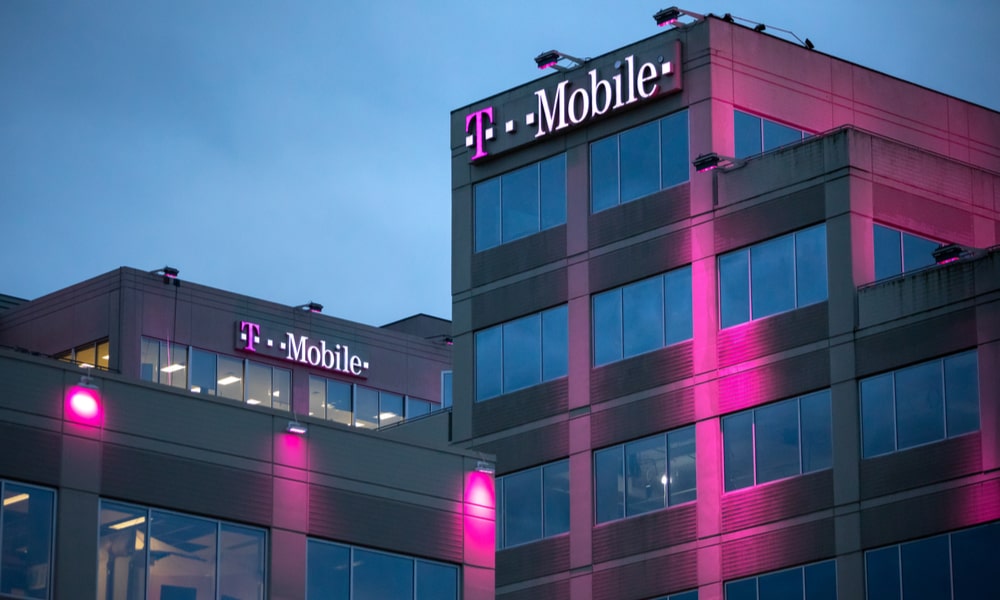 Credit: VDB Photos / Shutterstock
Credit: VDB Photos / Shutterstock
Toggle Dark Mode
T-Mobile is again taking top honors for its 5G service, but this time it’s not just the fastest 5G network out there — it’s also been crowned the best.
This laudable distinction comes from PCMag’s Sascha Segan, who undertakes a comprehensive series of tests every year to determine which carrier has the fastest mobile network.
This year, Segan and his crew trekked more than 10,000 miles across the country, measuring not only the speed of each carrier’s network services in a wide variety of locales but also new metrics for network reliability.
New software used by the PCMag team this year also tracked dropped calls to get a better picture of how reliable each carrier’s network was. This expanded the project into looking for not just the fastest 5G service but also the most reliable, turning the quest into a search for America’s best mobile network.
Specifically, Segan notes that the research team hit 30 cities and six rural regions using the latest Samsung Galaxy S22+. T-Mobile was the clear winner in 18 of those 30 cities, while Verizon took eight, and AT&T only led in four.
In pure speed, T-Mobile came out even better, winning in 19 cities, compared to nine for Verizon and two for AT&T. That’s not surprising since the Un-carrier had a considerable lead in building out its Ultra Capacity 5G network, which uses the much better mid-band 2.5GHz spectrum that it inherited from its 2019 merger with Sprint.
Meanwhile, Verizon and AT&T only began their mid-range C-band rollouts earlier this year, following an early 2021 auction where Verizon dropped $45 billion on the new spectrum, and AT&T paid another $23 billion to reserve its chunk. Following that, both carriers had to wrangle with the aviation industry’s fears that the new C-band spectrum was perilously close to the frequencies used by radar altimeters.
Verizon and AT&T are catching up to T-Mobile’s lead, but they’re not there yet. Verizon added the new C-band spectrum to its 5G Ultra Wideband network, significantly improving the once-abysmal 5G speeds that 99 percent of its customers were stuck with. AT&T has done similar with its 5G+ network, although it’s limited to only eight cities.
PCMag’s numbers showed a remarkable improvement in average download speeds on Verizon, coming in at 156.8Mbps. AT&T lagged behind at 79Mbps, no doubt a result of the much smaller footprint of its C-band network.
However, T-Mobile still dominated both, with average download speeds of 264.4Mbps. Segan’s team also found that speeds were above 25Mbps in 81 percent of the locations they tested, compared to 73 and 74 percent on AT&T and Verizon, respectively.
The only speed category in which Verizon came out ahead was maximum download speeds. Thanks to its ultra-fast mmWave networks, testers could reach peak download speeds of 3,891.1Mbps (3.9Gbps). The problem is that most Verizon customers don’t get to enjoy its mmWave network.
The average speeds also don’t tell the whole story. The PCMag tests showed that that carrier had “by far the least connections under 50Mbps” and that it also “really pulls away from the competition in connections between 300 to 600Mbps.” This latter number is undoubtedly a result of its much more expensive 5G Ultra Capacity network. T-Mobile has dramatically better coverage in the all-important mid-band spectrum.
T-Mobile also won in average latency, although it only edged out Verizon by one millisecond — 39ms vs. 40ms. AT&T did noticeably worse at 47ms. Latency measures how long it takes to send out a network request and get a response from the other end. It’s a measure of how responsive a network is; it’s crucial for online gaming, but low latency can make web surfing and social media seem snappier too.
More Than Just Speed
This year PCMag also tested network reliability for each carrier, factoring it in to account for 40 percent of the overall score — 20 percent for call success and 20 percent for data success. Download and upload speeds and latency accounted for the other 60 percent of the scoring.
Dropped-call results appeared to have more to do with the geographic area than the available bandwidth. Segan was surprised to find that AT&T had the best reliability for calls placed in rural areas, even where 5G data performance was generally inadequate for things like streaming and gaming. All three carriers were equally reliable in cities, with very low rates of dropped calls.
Segan added that PCMag used people, not square miles, to assign proportional scores. Rural speed and reliability testing made up 16 percent of the overall score, based on the 14–20 percent of the U.S. population classified as rural.
Why Faster Speeds Are Important
You may be asking yourself how much these faster speeds matter and even Segan concedes that “it’s completely legitimate to wonder why you need more than 100Mbps on your smartphone at all.”
However, he explains that these average speeds also define the “floor,” or minimum speeds you’ll get on your carrier. While few people need mobile data speeds on smartphones that exceed 100Mbps, the greater the average speed, the more consistently reliable the minimum speeds are. A carrier that averages 50Mbps or less likely has at least some users stuck on slower download speeds that aren’t even suitable for basic streaming.
There’s more to 5G than just smartphone speeds, though. Both T-Mobile and Verizon are aggressively selling home internet services, and that’s where 100Mbps+ speeds will be crucial, especially for families and other homes with multiple internet users.

